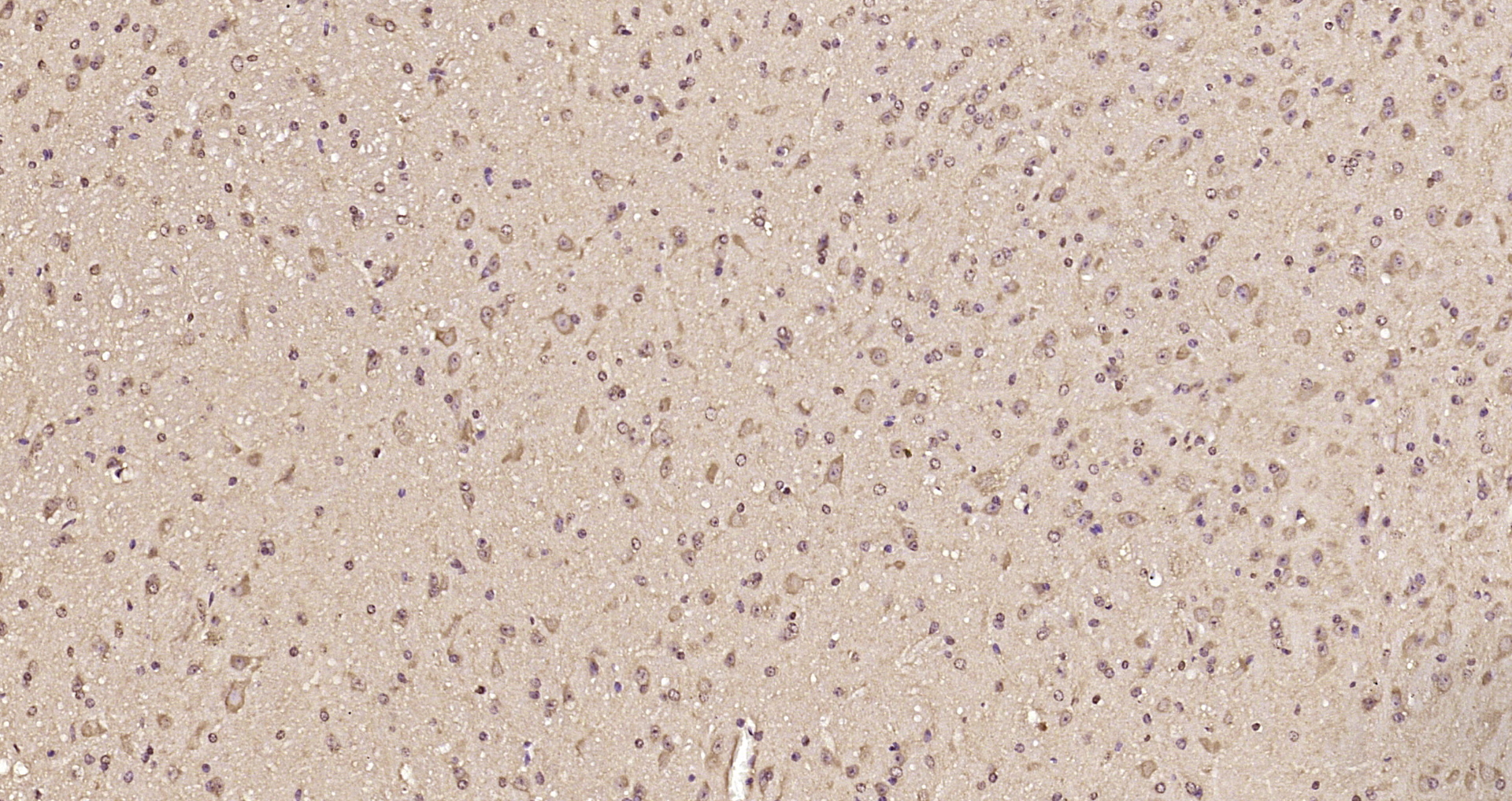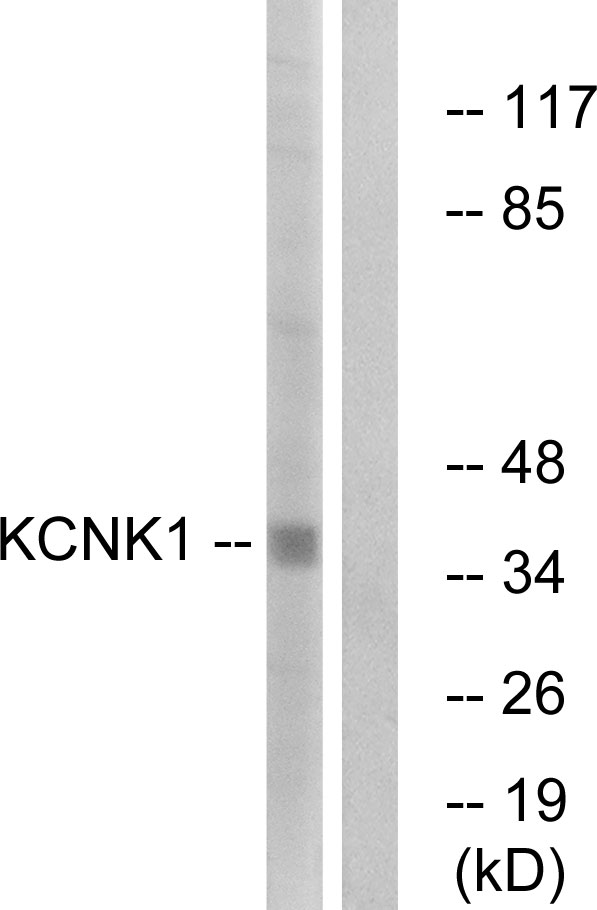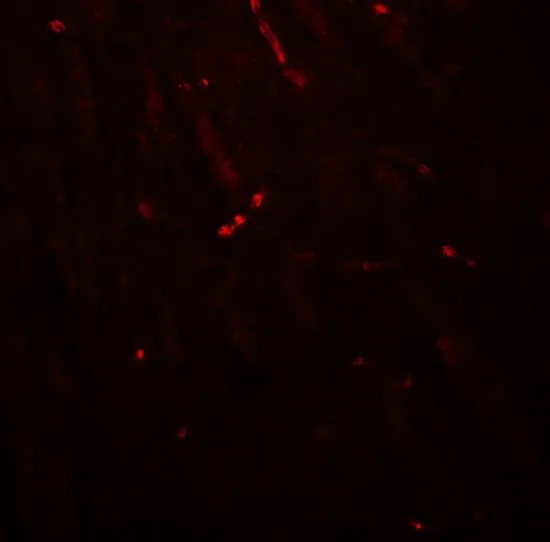KCNK1 Antibody, FITC conjugated
CSB-PA012062LC01HU
ReactivityHuman
Product group Antibodies
TargetKCNK1
Overview
- SupplierCusabio
- Product NameKCNK1 Antibody, FITC conjugated
- Delivery Days Customer20
- CertificationResearch Use Only
- ClonalityPolyclonal
- ConjugateFITC
- Gene ID3775
- Target nameKCNK1
- Target descriptionpotassium two pore domain channel subfamily K member 1
- Target synonymsDPK, HOHO, K2P1, K2p1.1, KCNO1, TWIK-1, TWIK1, potassium channel subfamily K member 1, inward rectifying potassium channel protein TWIK-1, potassium channel K2P1, potassium channel KCNO1, potassium channel, two pore domain subfamily K, member 1, potassium inwardly-rectifying channel, subfamily K, member 1, tandem of P domains in a weak inward rectifying K+ channel 1
- HostRabbit
- IsotypeIgG
- Protein IDO00180
- Protein NamePotassium channel subfamily K member 1
- Scientific DescriptionIon channel that contributes to passive transmembrane potassium transport and to the regulation of the resting membrane potential in brain astrocytes, but also in kidney and in other tissues (PubMed:15820677, PubMed:21653227). Forms dimeric channels through which potassium ions pass in accordance with their electrochemical gradient. The channel is selective for K(+) ions at physiological potassium concentrations and at neutral pH, but becomes permeable to Na(+) at subphysiological K(+) levels and upon acidification of the extracellular medium (PubMed:21653227, PubMed:22431633). The homodimer has very low potassium channel activity, when expressed in heterologous systems, and can function as weakly inward rectifying potassium channel (PubMed:8605869, PubMed:8978667, PubMed:15820677, PubMed:21653227, PubMed:22431633, PubMed:23169818, PubMed:25001086). Channel activity is modulated by activation of serotonin receptors (By similarity). Heterodimeric channels containing KCNK1 and KCNK2 have much higher activity, and may represent the predominant form in astrocytes (By similarity). Heterodimeric channels containing KCNK1 and KCNK3 or KCNK9 have much higher activity (PubMed:23169818). Heterodimeric channels formed by KCNK1 and KCNK9 may contribute to halothane-sensitive currents (PubMed:23169818). Mediates outward rectifying potassium currents in dentate gyrus granule cells and contributes to the regulation of their resting membrane potential (By similarity). Contributes to the regulation of action potential firing in dentate gyrus granule cells and down-regulates their intrinsic excitability (By similarity). In astrocytes, the heterodimer formed by KCNK1 and KCNK2 is required for rapid glutamate release in response to activation of G-protein coupled receptors, such as F2R and CNR1 (By similarity). Required for normal ion and water transport in the kidney (By similarity). Contributes to the regulation of the resting membrane potential of pancreatic beta cells (By similarity). The low channel activity of homodimeric KCNK1 may be due to sumoylation (PubMed:15820677, PubMed:20498050, PubMed:23169818). The low channel activity may be due to rapid internalization from the cell membrane and retention in recycling endosomes (PubMed:19959478).
- ReactivityHuman
- Storage Instruction-20°C or -80°C
- UNSPSC41116161







